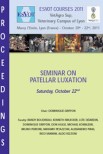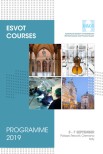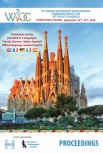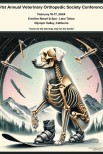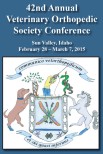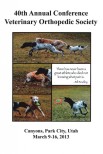OBJECTIVE:
To evaluate the technical feasibility, efficacy and potential soft tissue damage of a joint distraction technique to facilitate arthroscopy of the tibio-tarsal joint and to test the effect of joint venting on the maximum distraction achieved.
METHODS:
Twenty hocks were preliminarily evaluated radiographically by standard and stressed projections. Joint distraction was applied with loads from 40 N up to 200 N, in 40 N increments, and radiographic images were obtained at each load. The effect of joint venting by an intra-articular needle was evaluated at the maximum load. Standard and stressed radiographs were repeated to evaluate potential laxity changes.
RESULTS:
Joint distraction caused a significant increase in the joint space at each load of distraction except for the 40 to 80 N load increase. Joint venting produced a significant increase in the joint space. No increase of joint laxity could be inferred from the postdistraction radiographic evaluation.
CLINICAL SIGNIFICANCE:
Hock distraction can be useful to facilitate arthroscopic procedures, increasing the joint space available for intra-articular manoeuvres. Further clinical studies are required to evaluate potential neurovascular complications.
Evaluation of a joint distractor to facilitate arthroscopy of the tibio-tarsal joint in dogs.
Date
2014 Apr
Journal
JSAP
Volume
55
Number
4
Pages
213-8
